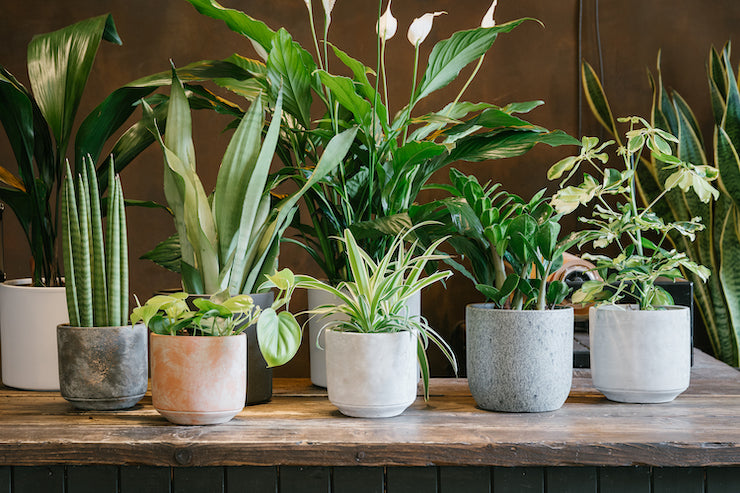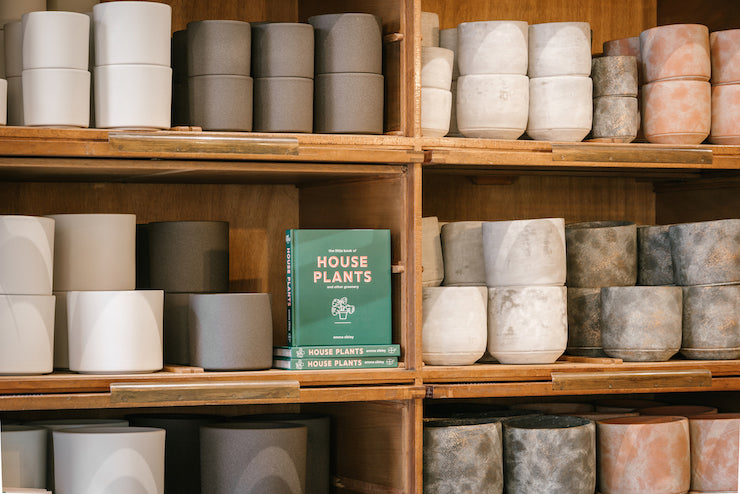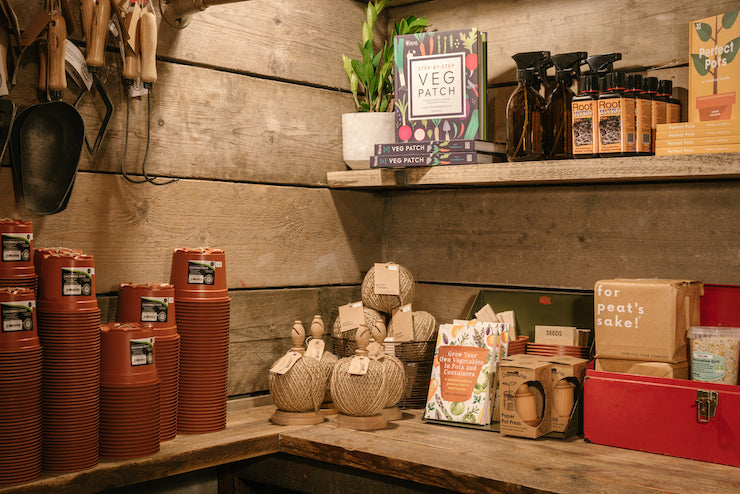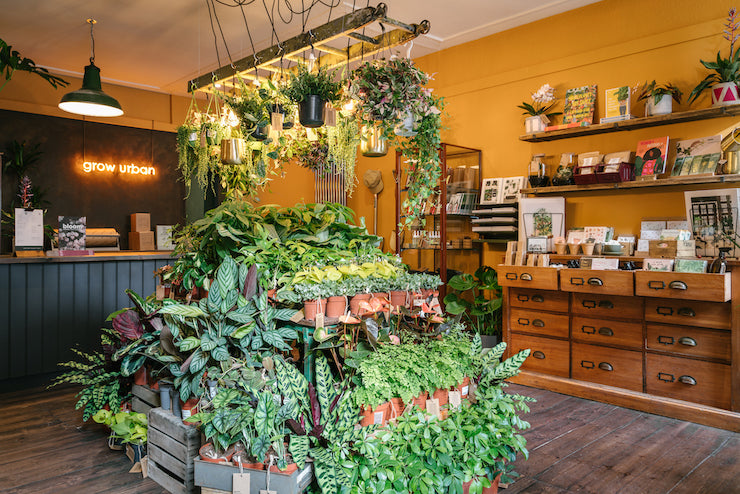
Terrariums
A Brief History
Terrariums were first popularised in the 19th century by the Victorians. Their desire to fill ornate glass houses with exotic plants from across the world led to the development of the ‘Wardian Case’ by horticulturalist Nathaniel Bagshaw-Ward.
These small-scale greenhouses, now referred to as a terrariums, were used to transport unusual tropical plants native to places like Australia and South America to mainland Europe.
The specimen was protected from the harsh elements of sea transportation, and the naturally occurring humidity within the container eliminated the need to water the plants during the long journeys. Traditionally, this would have been how many of our most recognisable houseplants came to the UK.
The 19th century saw interest in houseplants skyrocket across Britain, with multitudes of new species imported from the many colonies of the British Empire. During this period, tropical houseplants were viewed as exotic focal points of the wealthy Victorian home.
In fact, some of the Victorians’ favourite houseplants still remain popular choices today, such as the Parlour Palm (Chamadorea elegans) and Cast Iron Plant (Aspidistra elaitor), the latter of which was first imported from China and introduced to British homes in 1823.
Trans-Atlantic expeditions were even launched in an attempt to discover and import highly popular species of Orchid. In 1833, an orchid-hunting excursion occurred on the northern coast of South America.
This particular expedition, sponsored by James Bateman, brought back 60 species of orchid, 20 of which were newly discovered.
How to Care for your Terrarium
Nowadays, terrariums come in all shapes and sizes. Overflowing with humidity loving plants, they make beautiful displays for your home and essentially take care of themselves!
To get the best out of your terrarium, ensure it is kept in bright, indirect light. This will allow the plants to thrive without the risk of burnt leaves. The closed container creates its own ecosystem by recycling its air and water, this means that the need to water it is almost eliminated.
As the plants are growing in a confined space, they will grow taller or wider over time. If this happens, simply prune them back with sharp, clean scissors. Don’t worry about damaging the plant as this will only promote growth.
Common Problems and How to Solve them
Be mindful that plants are living things! They won’t always look perfect and can sometimes be fussy.
Here are some of our tips for problems you may be experiencing with your terrarium.
Plants looking a bit ‘limp’:
- Terrariums can become overly humid. If the sides become steamed up or the plants are looking a bit limp, simply remove the lid for about an hour to allow the condensation to evaporate.
- The colder months can be a struggle for us all, particularly for warm loving houseplants! Try to keep your terrarium in a bright spot without letting it get too cold. Also, try to avoid radiators as this will dry your terrarium out.
Plants and Soil dried out:
- Never pour water into your terrarium. This will cause root rot as the water cannot drain out of the base. If it begins looking too dry simply give the plants a light mist.
- Because the plants are under glass, ensure that the terrarium is away from direct sunlight as the glass acts as a magnifier and will make the enclosure too hot or may burn the leaves of the plants.
Overgrowing Plants:
- If your plants begin creeping up the vessel in an attempt to escape, you can trim them back to help promote growth from further down the stem and to produce a bushier specimen.
Making Your Own Terrarium
Choosing the right plants:
When choosing plants for your terrarium, you want to make sure they enjoy a humid environment. All plants living in terrariums will require high humidity and particular light requirements to thrive.
Here are a few of our favourite plants best suited to terrariums:
- Fittonia
- Hypoestes
- Asparagus ferns
- Adiantum raddianum
- Calathea
- Asplenium
- Peperomia
- Pilea
- Pellaea rotundifolia
- Mosses
Plants which are NOT suitable for closed terrariums:
- Cacti
- Succulents
- Any plants which prefer a dry, arid environment.
Creating the Best Composition:
As terrariums are closed and solid vessels, adequate drainage layers are required to keep your plants happy and healthy.
- Start with a layer of gravel or pebbles. We would recommend Expanded Clay Pebbles. There are many advantages to using clay pebbles; they absorb excess water and make sure it is slowly and evenly distributed to the roots of the plants.
- Then you will need a layer of Terrarium Activated Charcoal. Activated charcoal is recommended to also help with drainage but also due to its anti-toxin properties. Charcoal can help keep mould and mildew at bay whilst filtering the water and keeping the roots of your plants healthy.
- You will also require some well mixed free-draining soil. We would recommend our Cacti & Succulent Repotting mix for best results. Make sure when adding the soil, that its damp but not sodding wet or bone dry.
- On the top of the soil, you may want to add some decorative elements such as stones, driftwood or Decorative Grit, so ensure these are cleaned and sterilized before you place them in your terrarium to minimise toxins.
Tools:
- Some useful tools that can help you with assembling your terrarium:
- Long handled tweezers or angled tweezers
- Long handled Scissors
- Funnel (especially if using a narrow-necked vessel)
- Spoon or Terrarium trowel







